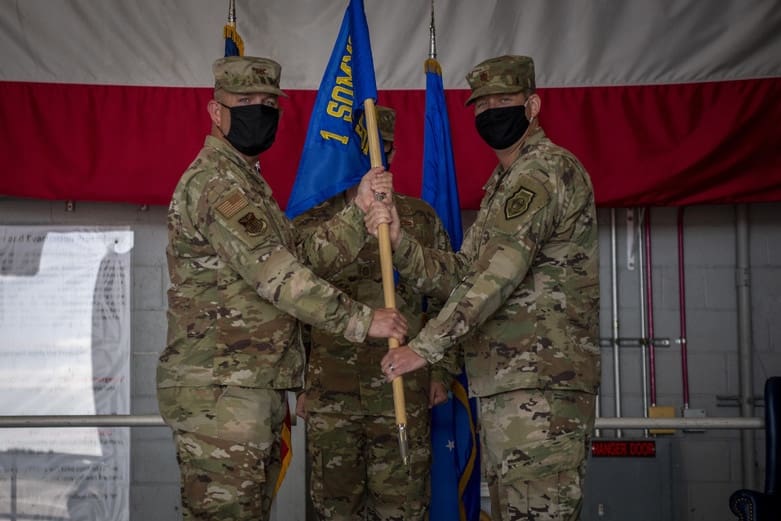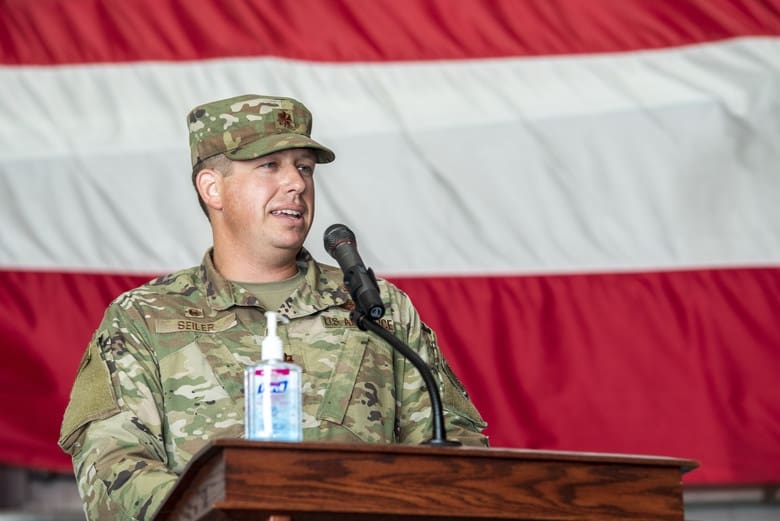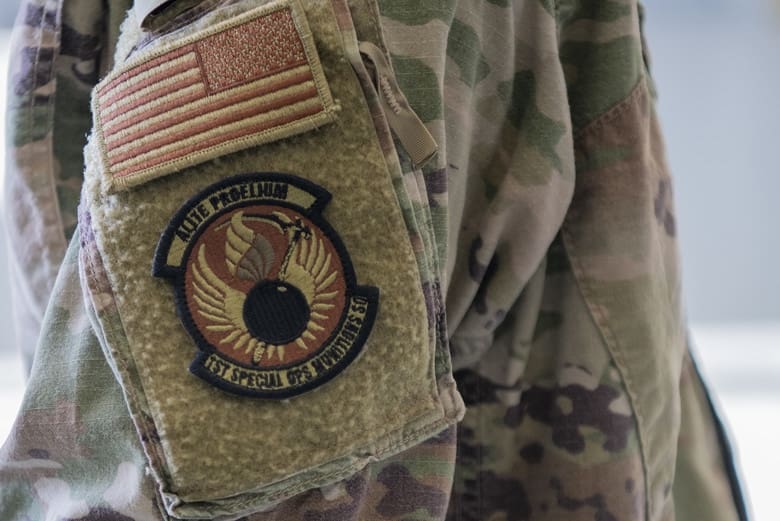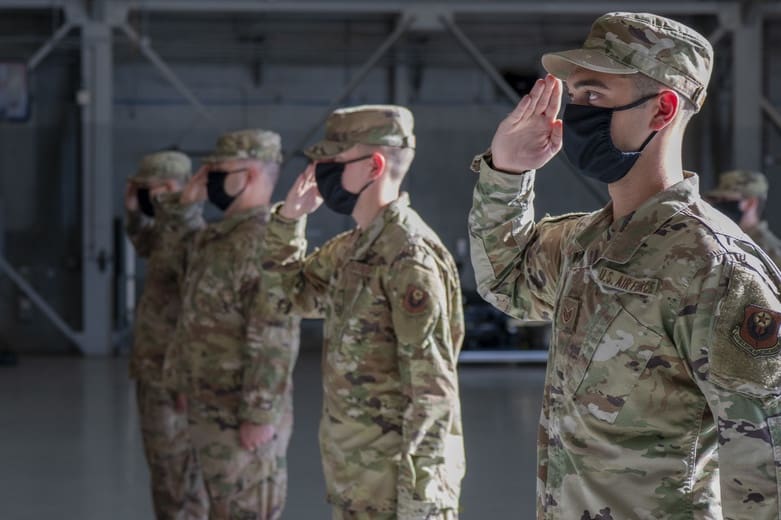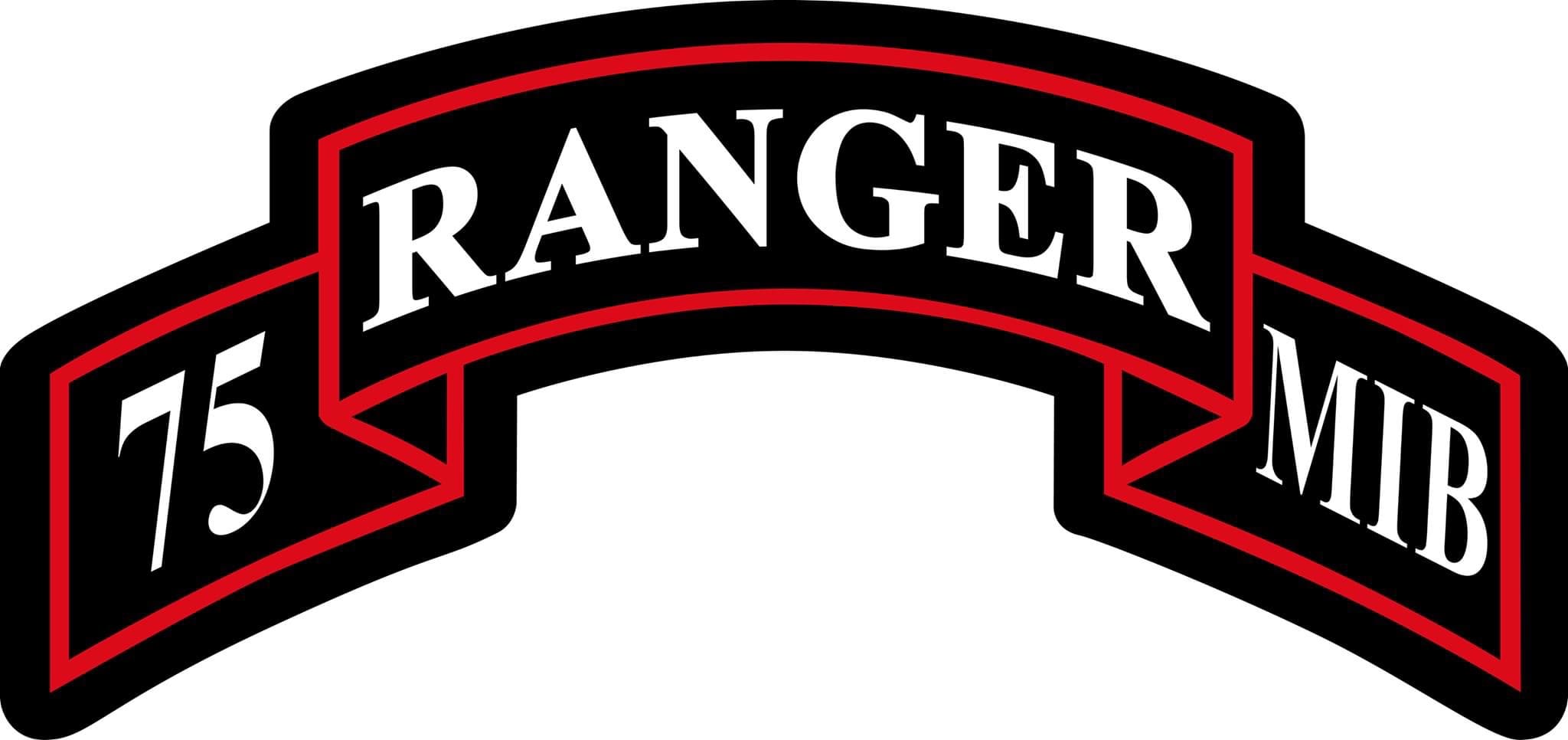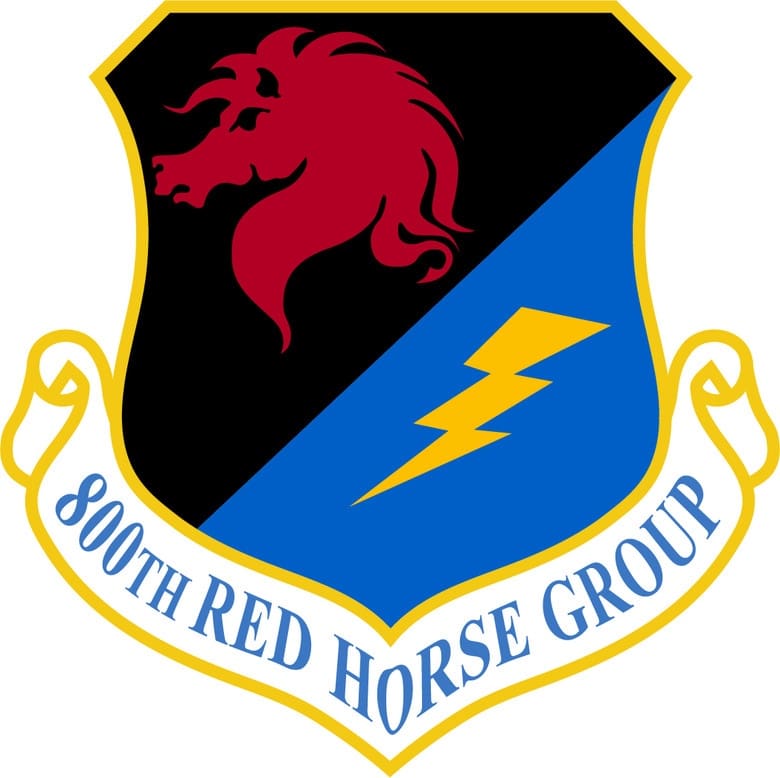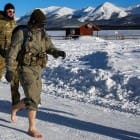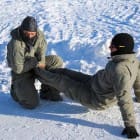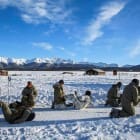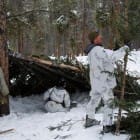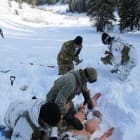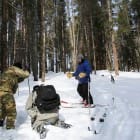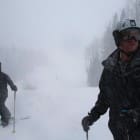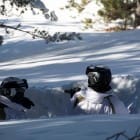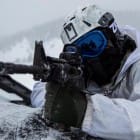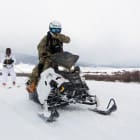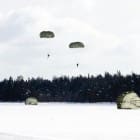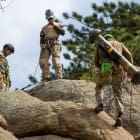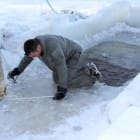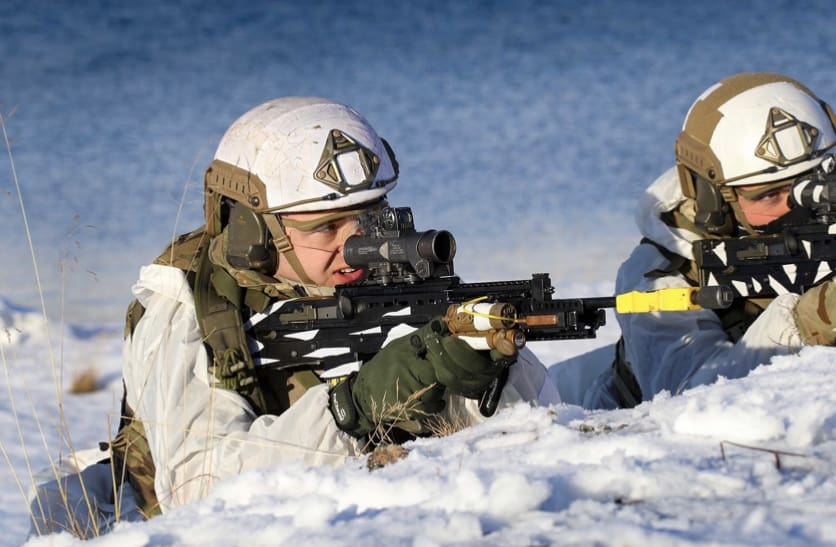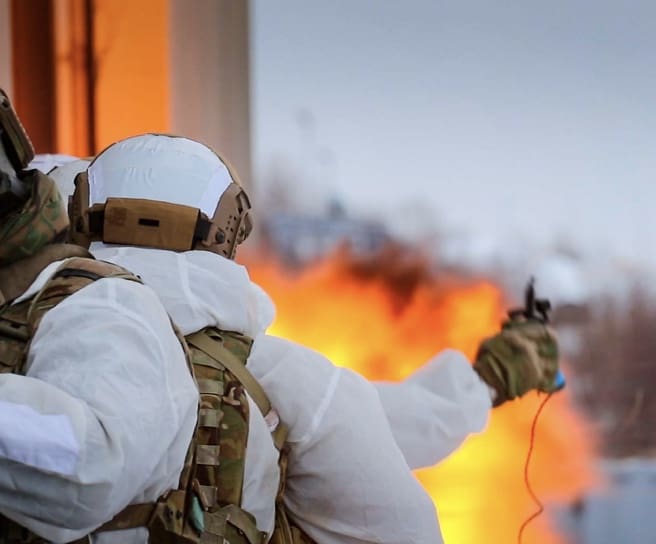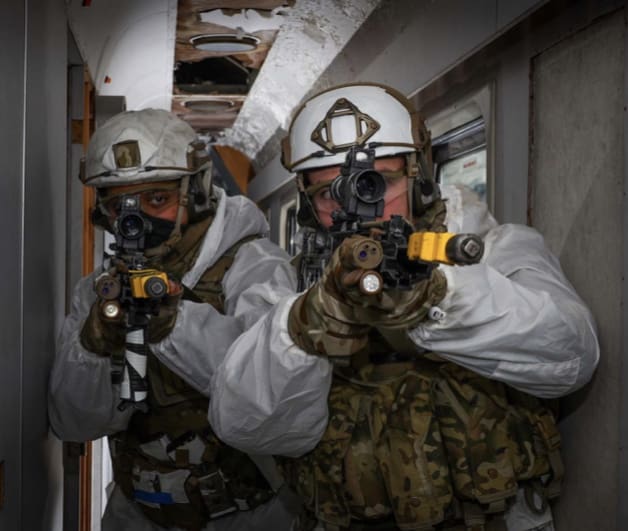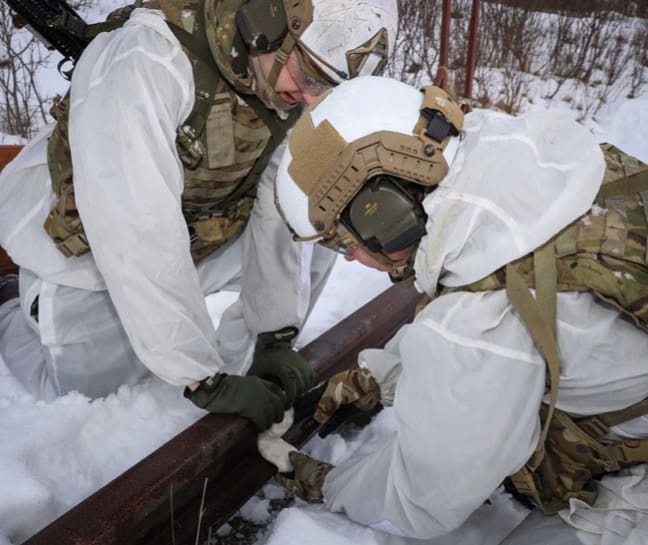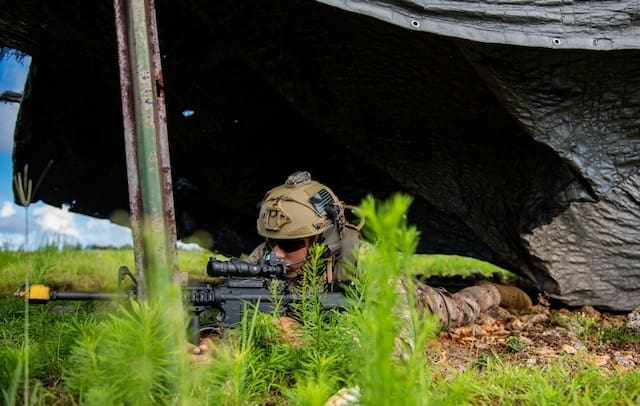
ANDERSEN AIR FORCE BASE, Guam (AFNS) —
COVID-19 has disrupted many plans for governments, businesses and military operations but in some ways has created unique opportunities.
The 36th Contingency Response Group hosted and completed exercise Machete Green July 29-31, at Northwest Field.
The exercise objectives were to open an airfield in a hostile and contested environment that teamed service members from the 36th CRG and the U.S. Navy’s Helicopter Sea Combat Squadron 25.
The 36th CRG normally, almost always, has a vast majority of its members from the expeditionary group traveling in support of real-world operations. However, due to COVID-19, the 36 CRG took advantage of the opportunity with many members present and in garrison to “sharpen their skill sets,” according to Col. Eric Schmidt, 36th CRG commander.
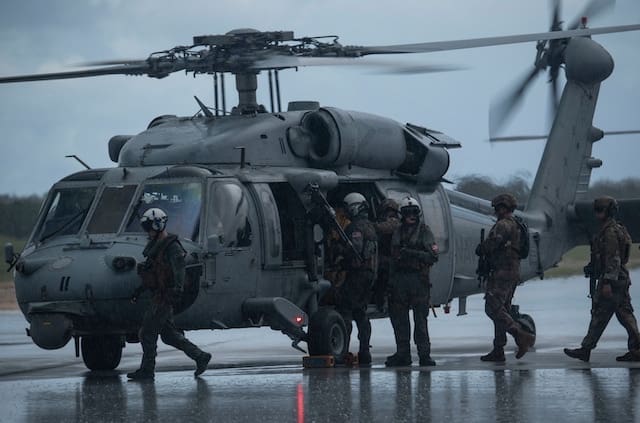
“This gives us an opportunity to come together and go through our mission sets,” Schmidt said. “It’s an opportunity to get some muscle movements on the exercise itself, which would be an air base opening in a contested environment.”
The 36 CRG enabled 107 warfighters the ability to hone their training techniques and procedures during EMG that focused on 85 tactical objectives that included: airfield survey, setting up defensive-fighting positions, temporary command center, and airfield withdrawal once the CRG’s objectives were completed.
“We are highly specialized,” Schmidt said. “All of these service members are getting an opportunity to do what they do, because everyone brings something different to the fight.”
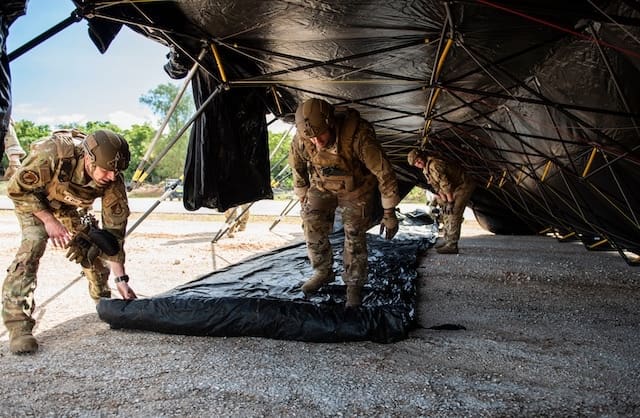
Maj. Ryan Kiggins, 736th Security Forces Squadron commander, mentioned that opening an air base puts into practice tactics, techniques and procedures, or TTPs, that are employed in any environment that they could be sent to.
“This exercise will help validate and verify multiple positions and teams in order to maintain our quick-turn global-response capability,” Kiggins said.
Schmidt also mentioned that completing this exercise will improve sharing procedures with partners and allies to ensure a free and open Indo-Pacific.
“We are heavily invested in the PACAF, INDO-PACOM theater,” Schmidt said. “Currently, due to things outside our control, we have to exercise internally, but when restrictions ease in the future, we are looking to partner and build stronger relationships with our host-nation partners. One of the CRG’s primary goals is to bring the Koku Jieitai (Japan Air Self Defense Force) and Royal Australian Air Force into these exercises. Whenever we can work with a host nation or partner and work together in any kind of environment, developing those TTPs is important when we go have a joint fight together.”
Schmidt plans on leading the 36th CRG into more of these training events in the future.
“My plan is that our next exercise will focus on humanitarian assistance, and the following one, disaster response,” Schmidt said. “My main focus is to give our folks the opportunity to be out here working and training together. In my opinion, that’s a huge win in this environment and when we get tasked and go out the door. There is no doubt we will be ready.”
By SrA Michael S. Murphy, 36th Wing Public Affairs


